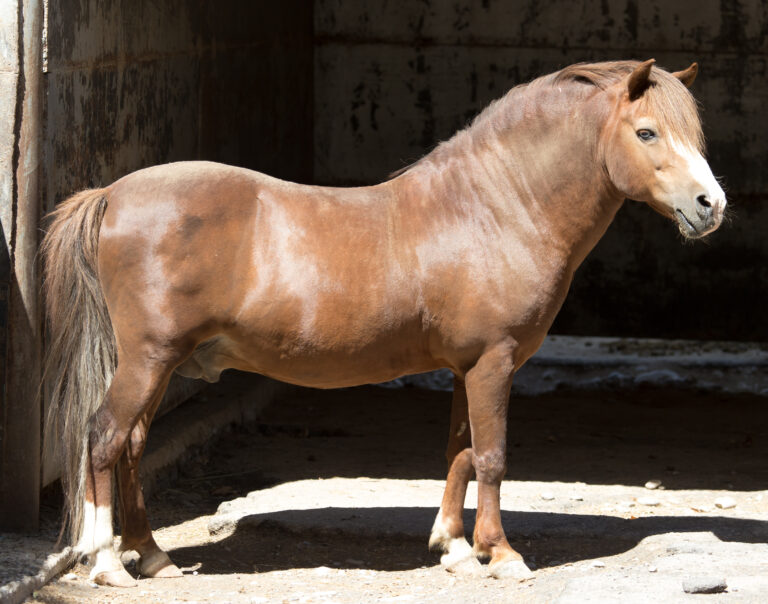
It should go without saying that having adequate cash flow is important for business success. When small businesses fail, according to a study by U.S. Bank, poor cash flow is responsible 82% of the time. The rate of failure for new small businesses is high, with 20% failing in their first year and 30% failing in their second year. However, statistics show businesses that make it to their fourth year have an approximately 90% chance of survival through each subsequent year. This survival requires a regular flow of cash to meet financial obligations.
Cash Flow Killers
Cash flow troubles can stem from poor financial planning, lack of good financial policies, noncompliance with such policies, poor collection of accounts receivable, inadequate fee increases, loss of revenue, failure to capture whole revenue, erratic inventory management, and theft or embezzlement. Each of these alone or in combination can devastate a veterinary practice.
Poor cash flow can also occur when businesses are seasonal, as many equine clinics are. Small practices, especially those that have just started, often have more expenses than revenue in the slower seasons. It is imperative to retain enough cash during the busiest parts of the year to meet monetary needs when times slow down. Knowing when to expect larger bills in the upcoming months can be critical when money is tight. For instance, professional liability insurance payments to the PLIT are generally due in December, a commonly slow month for equine practices, especially in the northern states. Bills for vaccines purchased for spring health maintenance visits will come due in early spring. To avoid interest charges or late fees, paying bills promptly is necessary. This takes a steady flow of money.
Plan Ahead for Lean Profit Periods
Creating a monthly cash flow spreadsheet can help you predict when spikes in liabilities will occur throughout the year. By reviewing your payments from each month of the previous year, you can map out fairly accurate predictions of your needed spending in the upcoming 12 months. QuickBooks can help by producing monthly budgets you can merge into a single document. You are likely to note in which month your memberships and licenses are due and when utility bills spike because of winter cold or summer heat. This information will allow you to set aside appropriate funds for those months, particularly if you often feel short of cash when work slows. Retaining at least 25% of profits for future needs in a high-interest savings account is a good practice.
While the optimal thing to do is save enough money to weather lean times, obtaining a business line of credit (LOC) can provide a source of funding to keep your business running smoothly. A line of credit is established with a maximum loan balance the bank permits the borrower to maintain. The bank must approve you as a borrower by examining your financial position, credit rating, and/or relationship with the bank. Once you’ve established an LOC, you can withdraw funds at any time, as long as the cash does not exceed the maximum set in the agreement. Make sure you apply for an LOC while you are in a comfortable financial position so you can easily qualify for the credit.
Establish a Time-of-Service Payment Policy
The very best approach to ensuring adequate cash flow for your business is to initiate a payment at the time of service (PATOS) policy. Nearly all veterinary practices established in the last decade have started their businesses with the policy of requiring payment for services at the time those services are completed. But for more traditional practices, moving to PATOS often requires a change in the practice’s financial policies.
Written financial policies specify how clients will be invoiced and their payments collected, and these documents are very important to develop and follow. Each client should be given a copy and sign a written acknowledgment of the practice’s financial policies. This paperwork also offers an opportunity to collect patient information, instructions in the event of an emergency when the client cannot be reached, and an authorization to safely store a credit card number and use it when paying for care.
Noncompliance with existing financial policies is common. Practice owners are often the worst perpetrators. They might fail to collect, give frequent discounts, and undermine their staff’s efforts to get accounts paid in a timely way. When practices have large amounts of accounts receivable (AR), especially those aged over 90 days, noncompliance with policies is often the cause. When revising existing policies to begin PATOS, practice owners must commit to following the new rules.
The Pitfalls of Monthly Invoicing
Traditionally, many equine practices have sent clients monthly invoices and collected the amounts due months to sometimes years later. This is a poor business practice. Clients accustomed to receiving invoices much later than the date veterinary services were performed often have little sense of urgency in paying these bills. If revenues are due but not collected, it might become harder for the practice to satisfy its accounts payable on time—especially as costs rise for pharmaceuticals, wages, gasoline, and a practice’s fixed operating costs. Payment at the time of service is one of the most effective ways to ensure good cash flow, and it avoids the accumulation of accounts receivable. Veterinarians are neither charities nor banks—they are valued, important community members who will cease to exist to serve their patients if they don’t get paid in a timely fashion.
If your practice currently sends monthly invoices to all clients who have received services or have an unpaid balance, your staff are probably dedicating a significant number of hours to process, print, and mail or email invoices. Stuffing envelopes and adding postage are time-intensive activities, as well. Clients of these practices expect to have up to a month before their bill arrives and minimal expectations for prompt payment. Transitioning suddenly to PATOS can arouse uncomfortable emotions in clients as well as practice owners. Some clients might feel as though they have proven their trustworthiness over decades and are insulted by the policy change. Others might see their path to veterinary services being blocked in the future—no longer will they be able to receive services by paying just a token amount each month on their growing balance. This fairly common situation essentially lowers the client’s cost for owning a horse and steadily increases the practice’s accounts receivable.
Tips for Transitioning to PATOS
Practice owners typically have two schools of thought about how to change to PATOS: “rip the Band-Aid off” or use a slower, staged approach, such as moving invoicing to twice a month, followed by once a week, followed by PATOS. With either approach, start your communication with “why.” You can keep the explanation of the reason behind your policy change concise, but it helps gain client acceptance. You could say, “Based on our financial team’s advice, we will be requiring payment at the time of service beginning on June 1, 2025,” or “Based on our accountant’s recommendation, we will be sending invoices to clients every two weeks rather than every four weeks, beginning on June 1.” You can also say, “As our suppliers tighten their credit policies and our costs rise, we find it necessary to improve our cash flow by changing our financial policies.”
Communication with clients about the payment change should be clear and concise. You might want to attach a copy of your new financial policies and authorization to an email or include printed copies for your clients who prefer to receive items by postal mail. Your explanation of the policy change, however, must be thorough enough that when you implement it, you do not surprise or confuse them. Circulate the policy to all existing as well as new clients. Clearly indicate payment terms, define how much time a client has to pay an invoice, and what happens if payment is not received by the due date. Creating a Frequently Asked Questions (FAQ) document can be very helpful when rolling out a new policy. All clients should sign a form acknowledging they understand the payment policy and, ideally, give permission to charge their credit card for each invoice. This form is often paired with permission to treat language.
Most practices with a PATOS policy also require clients to have a current credit card on file, with a signed authorization to use the card for payment if another payment method is not received within a short number of business days (e.g., 2-5) after receipt of the invoice. Some forms offer clients the option to use the credit card as their default method of payment for every bill. In practices using PATOS, the veterinarian or support staff typically prepare invoices at the time of the visit or shortly thereafter, utilizing practice software installed on a tablet or laptop carried in the ambulatory vehicle. They can email it to the client immediately at the completion of the call. The client then pays by cash, check, electronic payment service, or credit card. For seasoned doctors who might find learning to use new computer software challenging, younger assistants can help them prepare the invoices and enter the medical records.
By streamlining payment methods, you can make collection more efficient and convenient for your clients. Credit cards, PayPal, Zelle, Venmo, Google Pay, and other applications are available. Many clients use them regularly and even prefer them over other methods. Allowing payment through the practice website can increase policy compliance. Some clients will continue to prefer checks and cash—by being present at appointments or making prompt payment after receipt of the charges, they can be easily accommodated.
For clients who schedule frequent visits because they have multiple horses, a horse with chronic medical issues, or stock that are receiving reproductive or other repetitive services, specify on their authorization form that the credit card on file will be run once a week for any incurred charges, with an invoice emailed each Friday and the card charged the following Monday. For long-standing large clients with impeccable credentials, some practices will choose to continue invoicing monthly.
Take-Home Message
Change is always hard, but adopting PATOS to improve cash flow and reduce or eliminate AR is worth the discomfort. Creating a new financial policy is a crucial step in getting a practice on the way. Business health requires reliable cash flow, and payment at the time of service is the best strategy to achieve this. Consistent financial policies and deliberate methods for collecting overdue accounts can change the landscape. Equine practices can successfully adopt new paradigms with leadership from practice owners, allowing them to achieve greater success and financial security.
Related Reading
- 6 Ways to Improve Equine Practice Profitability
- Starting Your Own Equine Practice
- The Business of Practice: Creating a Personal and Practice Budget
Stay in the know! Sign up for EquiManagement’s FREE weekly newsletters to get the latest equine research, disease alerts, and vet practice updates delivered straight to your inbox.

![[Aggregator] Downloaded image for imported item #18711](https://s3.amazonaws.com/wp-s3-equimanagement.com/wp-content/uploads/2025/10/20105749/EDCC-Unbranded-14-scaled-1-768x512.jpeg)


